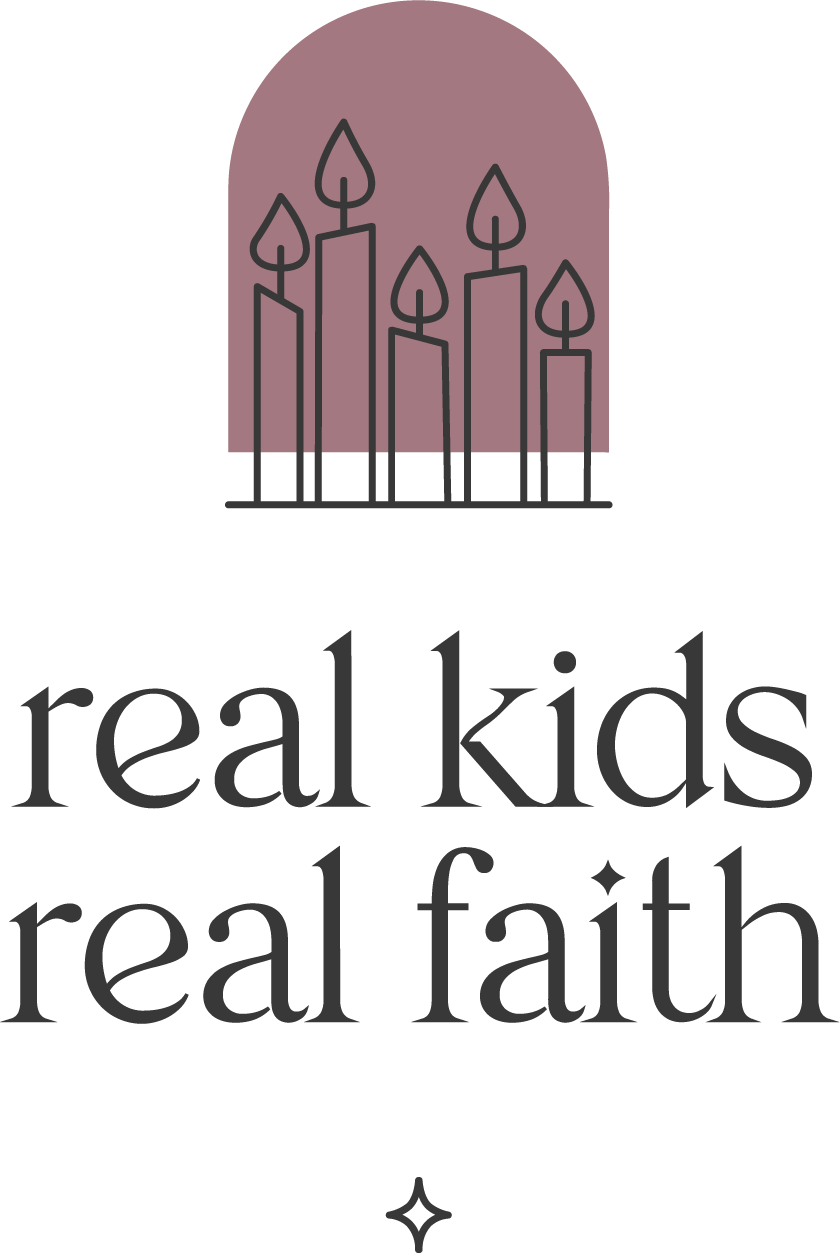My son jumped excitedly from foot to foot as he waited impatiently for the clock to strike midnight. Our local bookstore was holding a launch party for the latest Harry Potter installment and he couldn’t wait to get his hands on a copy. The next day, he ate every meal with the book propped at his elbow. He was enthralled.
Stories about hero’s quests have significant power to shape children’s lives. These narratives typically follow a pattern: the main character encounters a life obstacle or problem, sets out to find a solution, meets several people along the way, overcomes adversity, changes in some important ways, and returns home to tell others what they’ve learned. Readers share the character’s adventures vicariously. Oftentimes, they begin to think about their own lives as a hero’s journey.
Cultures have long told such stories. Remember reading Beowulf or The Legends of King Arthur in school? Both depict heroes on a journey. Contemporary family movies, like Black Panther, Frozen, and Moana offer a similar experience. Even simple picture books, such as Where is Home, Daddy Bear? and Sidney the Lonely Cloud can simulate a quest experience for young children.
What psychologists have discovered is that people who imagine their lives as quests seem more resilient than those who don’t. They recognize that difficulties are something that can be overcome. They treat obstacles as challenges rather than barriers. They view others as potential supporters and look for the ‘lessons’ in their experiences.
Their findings suggest that encouraging superhero and other forms of quest play enhances children’s ability to cope with adversity. When kids reenact their favorite Marvel movie, they experience what it feels like to struggle, to problem-solve, to collaborate, and to overcome. This embodied knowledge may even be easier to recall than what adults tell them about managing obstacles and set-backs.
While playing, kids may try out different coping strategies and engineer different solutions than their fictitious heroes, which is also valuable. Many hero narratives include physical fighting, which may both intrigue and intimidate children. Parents and caregivers can point out all the other options available: seeking out new knowledge, asking others to help, gathering and interpreting clues, etc. Most hero stories include these elements as well.
Successfully finding their way through difficulties helps children feel like their lives are meaningful. When they believe that their life story can be one of perseverance and problems solved, they believe they have something to contribute to society. They know that they have value and are motivated to seek new challenges.
Children who have experienced trauma may find a variation of the hero’s journey narrative helpful. Called a ‘redemptive self’ storyline, this version specifically acknowledges the reality of suffering and recognizes that it can lead to growth. It suggests that pain can be transformed into something positive, even when suffering is unfair and its causes should be eradicated. Such stories show kids how to imagine a new reality that incorporates their traumatic experiences into their identities in positive ways.

Comments